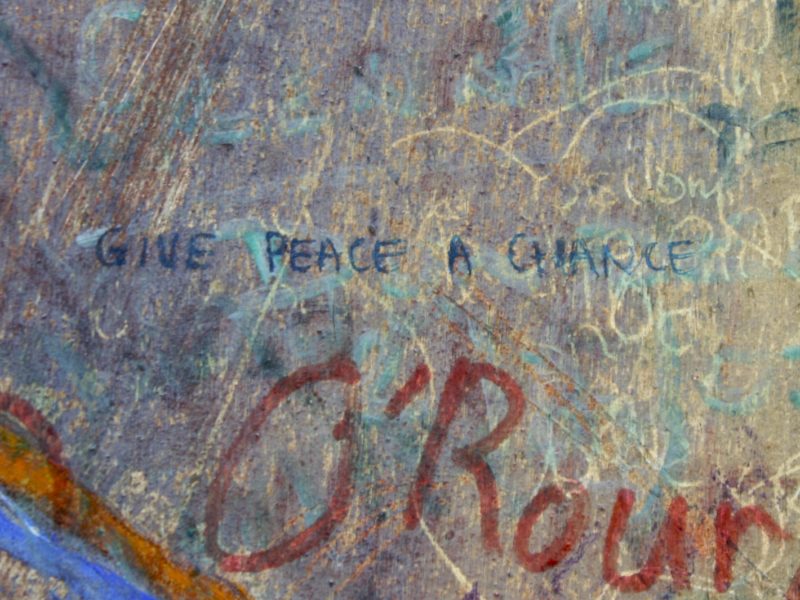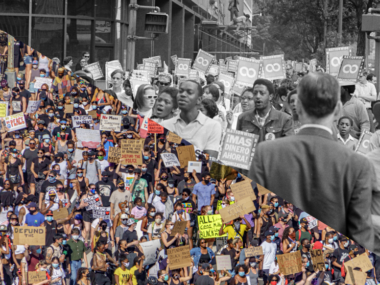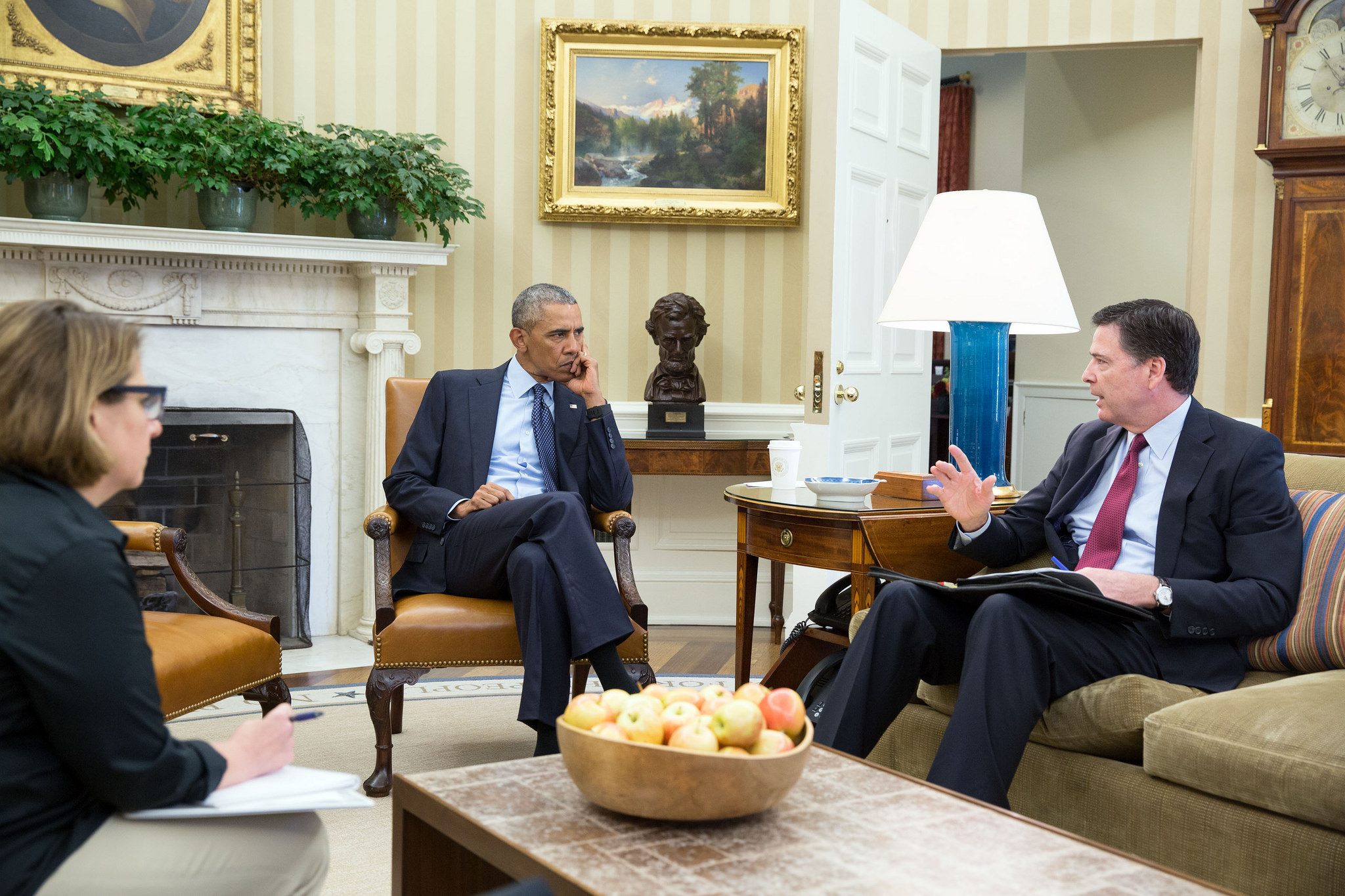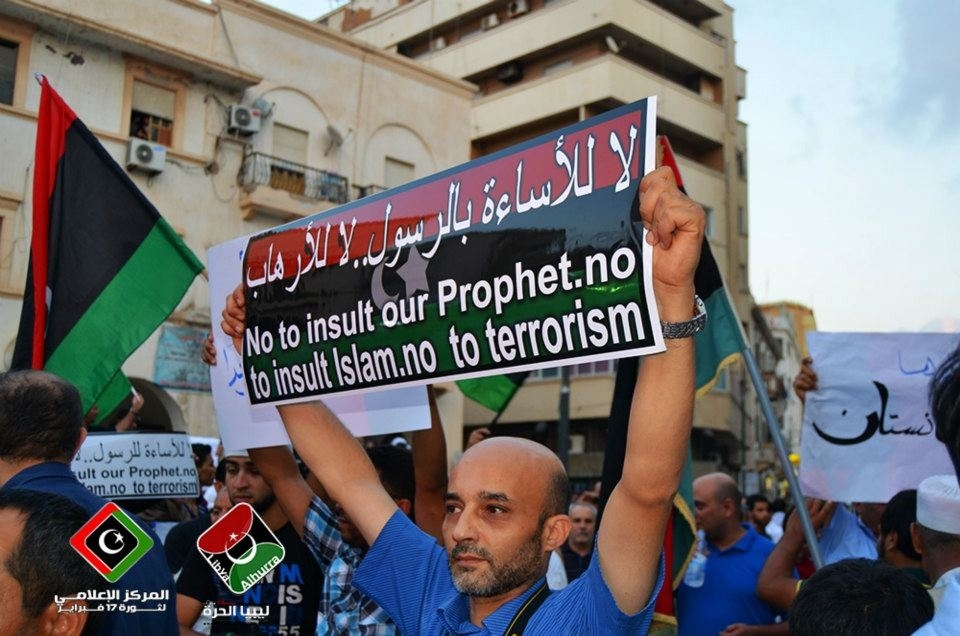Guest post by Irena L. Sargsyan
Words matter. They can sustain violence, or they can bring violent conflict to an end. In the United States, violent rhetorical mobilization culminated in the assault on the Capitol on January 6. In contrast, the conflict in Northern Ireland (1969–1998) demonstrates how peaceful narratives can deescalate violence, and why peacebuilding is more effective at reconciling a fractured society than counterterrorism alone.
How Words Perpetuate Violence
Some of the most resilient violent social movements in modern history have had politically agile, media-savvy leaders with sharp instincts about local politics and the power of words. These leaders overcome ordinary civilians’ inhibitions to engage in violence by tapping into their actual or perceived grievances; arousing emotions of anger, fear, humiliation, and revenge; evoking memories; and forging psychological commitments to defend a group, faith, or cause.
Sinn Féin, with its military wing the Provisional Irish Republican Army (PIRA), was among the masters of such strategies. Its leaders commanded legitimacy among potential supporters and used emotive symbols and vernacular to keep them primed for action. Sinn Féin recognized that the PIRA could not defeat the British authorities militarily. But its incendiary propaganda could—and did—delegitimize them and elites in the Northern Ireland Assembly. Republican leaders justified violence as a singular solution to ending suffering and invoked emotional metaphors exhorting action. In an interview I conducted in Belfast, one of the architects of Sinn Féin’s publicity campaign summed up the approach: “We created the publicity wing to raise awareness about the offenses against the nationalist community. By generating anger, we created empathy for the armed struggle.”
The British government’s punitive counterinsurgency and counterterrorism operations against the Irish Catholics played into the hands of Sinn Féin. As the interviewee explained, “repression by the state angered the people.” Sinn Féin’s invectives against the British inflamed Irish nationalism, kept hatred sharp, and sustained the popular support that catapulted the movement from obscurity to political center stage.
To keep Americans’ tempers at a boil, some leaders borrow pages from the tried-and-true scripts of the political entrepreneurs I have studied. At the Make America Great Again movement’s “stop the steal” rally on January 6, former President Trump fabricated a grievance (“the most brazen and outrageous election theft”), singled out targets (Democrats, media, and big tech), and urged his followers to stop their alleged victimization (“if you don’t fight like hell, you’re not going to have a country anymore”).
Extremists in the United States continue to exploit ideology, race, ethnicity, immigration, religion, and economic hardship to accustom ordinary Americans to violence. The Intelligence Community and the Department of Homeland Security predict conflict escalation.
Outnarrating Violence to Build Peace
Just as violent acts are preceded by violent rhetoric, so is peace preceded by acclimatizing aggrieved groups to reconciliation. Concerted effort by leaders on opposing sides to dial back violent narratives was key to achieving lasting reconciliation in Northern Ireland. In the 1980s, the word peace entered the republican lexicon, signaling Sinn Féin’s readiness to lay down the Armalite. Rhetorical disarmament in the 1990s led to the PIRA’s formal demobilization in 2005.
National-level reforms and community-level conflict resolution buttressed the peace talks. In the mid-1970s, the British authorities shifted from counterinsurgency and counterterrorism operations to community policing and began to address security forces’ brutality, use of extrajudicial measures, and collusion with the loyalist paramilitaries. Simultaneously, Westminster embarked on socioeconomic reforms to reverse institutionalized discrimination against the nationalist constituency in rights, suffrage, employment, housing, and education, laying the groundwork for tangible changes in the 1990s.
Northern Ireland did not establish a South African-style truth and reconciliation commission, but community initiatives during and after the Troubles enabled reckoning with the emotional legacies of violence and injustice. Catholic and Protestant clergy, cross-sectarian women’s groups, and civil society facilitated contact among nationalists, unionists, and the British authorities both locally and nationally, through back channels and in public. Restorative justice projects involving republican and loyalist ex-combatants contributed to a reduction in violence. Though residual sectarian tensions and paramilitary elements linger, dialogue and compromise since the 1998 Good Friday Agreement have solidified peace.
These approaches—conciliatory discourse reinforced by reform and conflict resolution—can be calibrated to advance peace in the United States. Foremost, civil discourse must be restored. Robust, reasoned argument around complex societal problems epitomizes healthy democracy. Extremist rhetoric damages it.
President Biden’s espousal of unity, justice, and empathy is a step in the right direction. Sustained reconciliation requires collective effort, however. It can start with the national and local leaders from across the ideological spectrum articulating inclusive messages sensitive to the racial, ethnocultural, and religious diversity of our nation. Peaceful narratives will not generate a national consensus on contentious issues. Still, they can foster mutual understanding based on truth and human dignity and undermine extremism that feeds off disinformation and hatred.
Federal, state, and local governments should institute structural reforms to address the root causes of grievance that make Americans susceptible to radicalization. As the ongoing investigations reveal, some Capitol rioters were affiliated with violent extremist organizations, but many had no prior history of criminal or extremist behavior. This fact highlights the existence of sympathetic communities and thus the urgency of a bottom-up peacebuilding to complement federal efforts to counter domestic violent extremism and terrorism.
Peacebuilding interventions can be carried out by civil society, women’s groups, youth coalitions, grassroots peacemakers, faith-based organizations, and academia and supported by government, private sector, and philanthropic grants. Effective mediation, tailored to local communities, should generate conciliatory narratives to assuage fear and anger, reframe antagonistic identities, cultivate intergroup empathy, build trust across communities, bolster resilience through trauma healing, advance digital literacy, and encourage joint problem solving.
Comprehensive peacebuilding will mitigate the divisions that perpetuate violent extremism and hate crimes across the United States.
Irena L. Sargsyan is a political scientist. Her research focuses on the discursive, emotional, and psychological dimensions of political violence.







1 comment
I am skeptical if much of the Northern Ireland peacebuilding experience can be applied to the American situation.
Catholilcs in Northern Ireland were subject to nontrivial human rights abuses at the hands of both the loyalist population and the British government. As such, they had legitimate grievances. Peacebuilding in Northern Ireland was largely a matter of addressing those grievances in a way that allowed all sides to back down without losing face.
In contrast, American Republicans have no legitimate grievances against the ‘liberals’ they want to disenfranchise and/or persecute. Republican grievances are either entirely fabricated (such as the widespread GOP belief that the Democratic Party is comprised of cannibalistic pedophiles) or are impossible to address without violating the fundamental human rights of other Americans (such as the thin blue line movement, which is essentially based on the premise that law enforcement should have the right to summarily execute Americans who are not white).
If there is a solution to the American situation, it must involve addressing disinformation by political entrepreneurs so as to reduce the number of right-wing extremists who have fictitious grievances. This was not, to my knowledge, required in Northern Ireland.
The lack of legitimate, addressable, political grievance among American right-wing extremists makes the American situation fundamentally different from that in Northern Ireland and makes the American problem much closer to an intractable one.